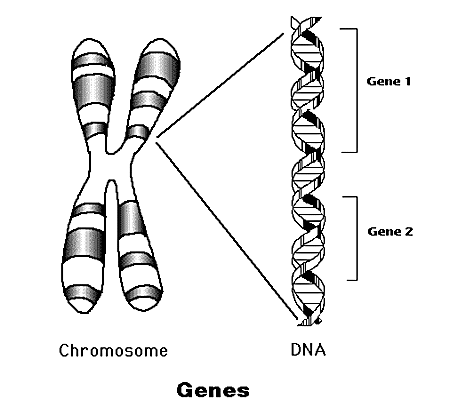
First a short introduction. Although the history of the Siamese cat in the West is somewhat vague, it would seem with some certainty that a certain Mrs Vyvyan of Dover, UK acquired some of the first Siamese cats in the West. Of course, they came from Siam (now Thailand) ostensibly from the King’s Palace in Bangkok.
Worms!
These were seal point Siamese cats and they suffered from worms according to her. This might be unsurprising because of where they came from. A country at the time where I suspect there were poor veterinary services. She communicated with Harrison Weir, the founder of the cat fancy about her Siamese cats. The year was 1886. This is right at the beginning of the cat fancy in the world.

First cat show
In fact, it is said that a Siamese cat called Siam was exhibited at the Crystal Palace Cat Show in London on July 13th, 1871; the first cat show in the world ever – click for the reasons for this cat show. As you can imagine, the cat captured attention and gained popularity instantly. This would have predated the cat’s acquired by Mrs Vyvyan if correct.

Following this introduction to British society, more Siamese cats were imported from Siam and other parts of Asia to England which led ultimately to the establishment of the Siamese cat breed in England and thence it was exported to America.
Change in appearance
Of course, back in those days the Siamese cat was fascinating to cat lovers. It is still one of the most popular cat breeds but the appearance has changed dramatically from a fairly normal appearance to extreme slenderness referred to as oriental or foreign in the cat fancy.
Seal pointing
They were unique because of the pointing. And in those days, there was only the seal point which is a dark brown/black pointing where the extremities of the cat are darker than the central areas.
Other pointing colours
Since then, the cat fancy has, through selective breeding, created different coloured pointing one of which is blue; diluted black. Other pointing is in the colours: chocolate, lilac, cinnamon, fawn, red and cream.
CS gene
So how does the Siamese cat get its colours? When they are born kittens are completely white. That’s because they’ve been living at a temperature – body heat at 101-102 degrees F – where the extremities are not cooler than the central parts. But once they are born the colour-restricted gene also known as the “cs” gene clicks into action and is responsible for the production of colour in specific regions of the body while restricting colour in other areas. There is a gradual change to the cat’s appearance. It takes up to a few weeks for the colour pointing to be seen And a few months for the full pointing effect to be concluded.

Temperature sensitivity
The cs gene is temperature-sensitive. It responds to variations in body temperature during development. And the temperature affects the production of the pigment melanin in the melanocytes in the skin at the base of the hair strands which are then fed into the hair strands.
The gene causes a reduction or the absence of pigment production at higher body temperatures leading to lighter coloration in those areas such as on the flanks. And conversely, at lower temperatures the gene allows for an increased production of melanin resulting in darker coloration in those areas.
And it is the extremities of the body such as the face, ears, the tail and the feet which are cooler than the central areas. These cooler areas activate the cs gene leading to greater production of pigmentation. As a result, Siamese cats have darker points which is called pointing in these cooler regions.
Elderly Siamese
In elderly Siamese cats, you see the lighter areas of the body becoming darker. This is because in old age the blood vessels near the skin become constricted carrying less blood and therefore there is less heat in the skin of these cats.
In other words, older Siamese cats don’t have such distinct pointing as younger Siamese cats.

Blue pointed Siamese
When you see a blue-pointed Siamese cat it is because the cs gene works in conjunction with the dilution gene; the latter causing dilution of the black melanin. This is achieved by the pigment particles within the hair strands being clumped up with gaps in between rather than being evenly distributed down the hair strand. This leaves the hair strand semitransparent which translates to white causing the black to become blue.

The pointed coat is not restricted to Siamese cats as you might imagine. In fact there are other cat breeds with pointing such as the pointed Persian which is called the Himalayan. The cs gene is sometimes called the Himalayan gene for this reason.
Other animals
Certain rabbit breeds such as the Himalayan rabbit exhibit a colour-point pattern similar to Siamese cats. Guinea pigs can also be pointed such as the breed called the Siamese Satin. And mice can carry a colour-restricted gene producing a pointed coat. And finally dogs can also be pointed although it is not as common as in cats. For example, the Alaskan Malamute or the Siberian Husky may display a colour-point pattern.

